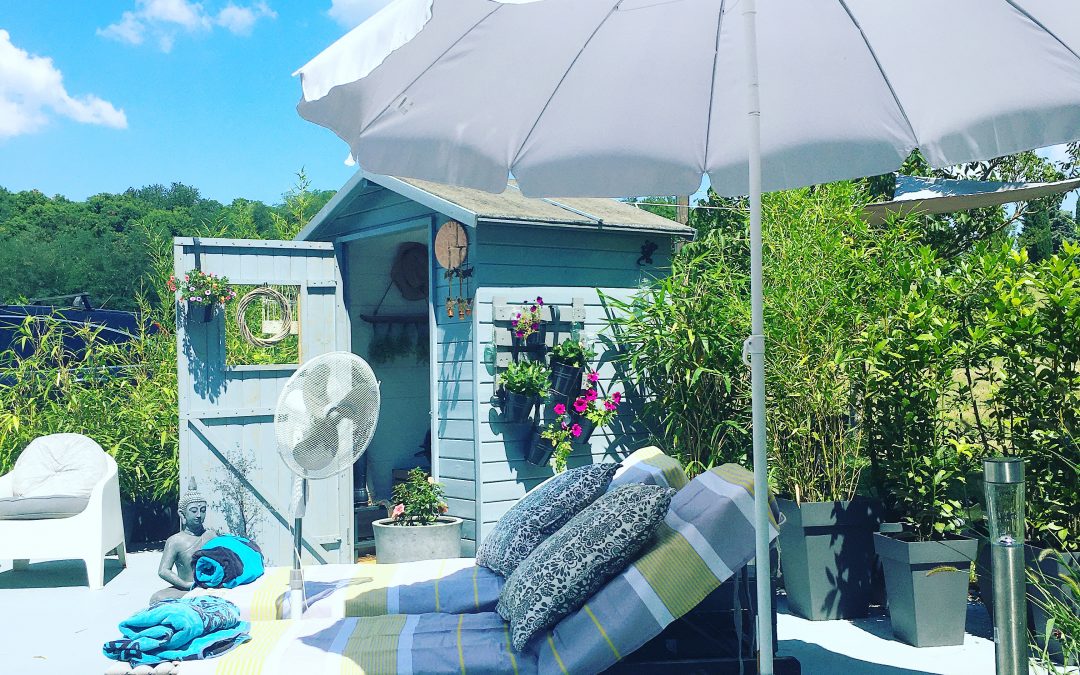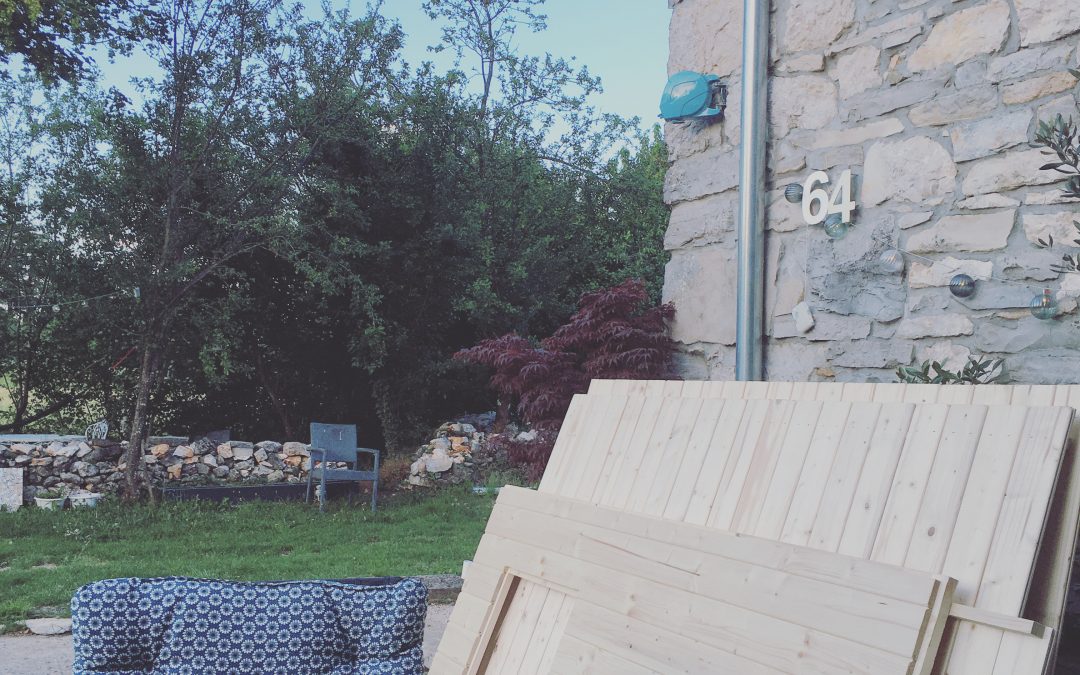It was back in May that we finally bought a shed and started the job of building it. We made the initial mistake of thinking we'd bought just a shed, like the B&Q one we used to have in our garden back in West Didsbury, which was functional, but a bit on the cheap...


